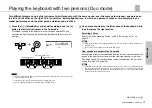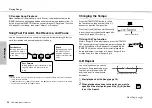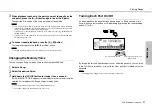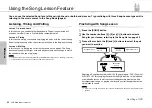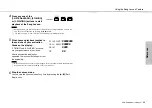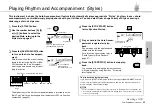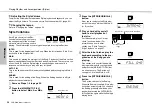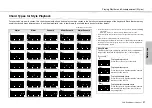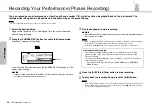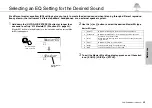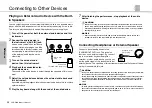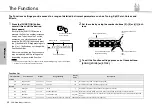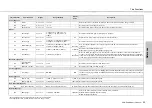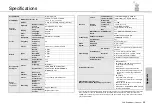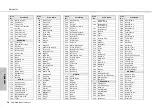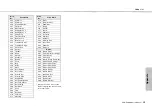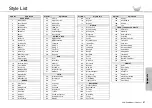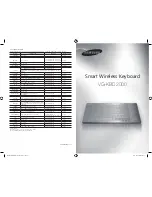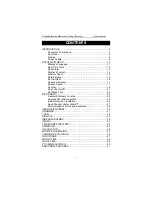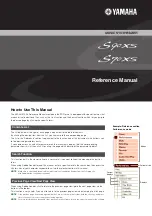
PSR-E360 Owner’s Manual
27
Playing Rhythm and Accompaniment (Styles)
Re
fe
re
n
c
e
Chord Types for Style Playback
For users who are new to chords, this chart conveniently shows how to play common chords in the Auto Accompaniment range of the keyboard. Since there are many
useful chords and many different ways to use them musically, refer to commercially available chord books for further details.
indicates the root note.
Major
Minor
Seventh
Minor Seventh
Major Seventh
C
Cm
7
C
Cm
7
CM
7
D
Dm
7
D
Dm
7
DM
7
E
Em
7
E
Em
7
EM
7
F
Fm
7
F
Fm
7
FM
7
G
Gm
7
G
Gm
7
GM
7
A
Am
7
A
Am
7
AM
7
B
Bm
7
B
Bm
7
BM
7
• Inversions can be used as well as in “root” position—with the following
exceptions:
m7, m7
b
5, m7(11), 6, m6, sus4, aug, dim7, 7
b
5, 6(9), sus2
• Inversions of the 7sus4 chords are not recognized if the notes are omit-
ted.
• Sus2 chords are indicated by the root name only.
• When playing a chord which cannot be recognized by this instrument,
nothing is shown on the display. In such a case, only the rhythm and
bass parts will be played.
Easy Chords
This method lets you easily play chords in the accompaniment
range of the keyboard using only one, two, or three fingers.
To play a major chord
Press the root note (
) of the chord.
To play a minor chord
Press the root note together with the nearest
black key to the left of it.
To play a seventh chord
Press the root note together with the nearest
white key to the left of it.
To play a minor seventh chord
Press the root note together with the nearest
white and black keys to the left of it (three
keys altogether).
C
Cm
C
7
Cm
7
For root “C”





